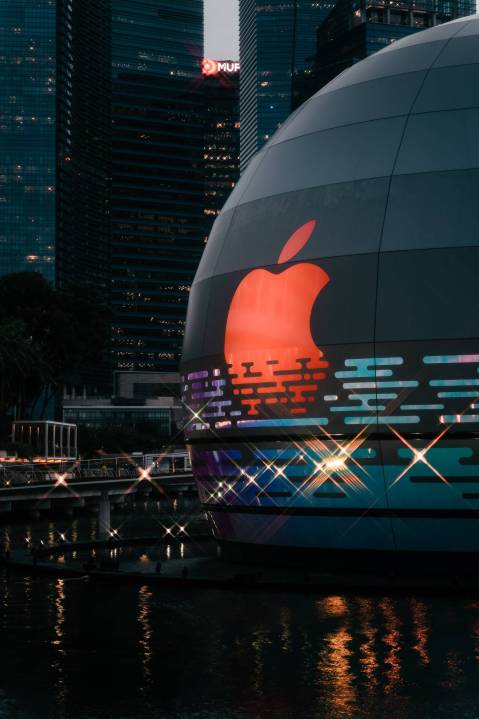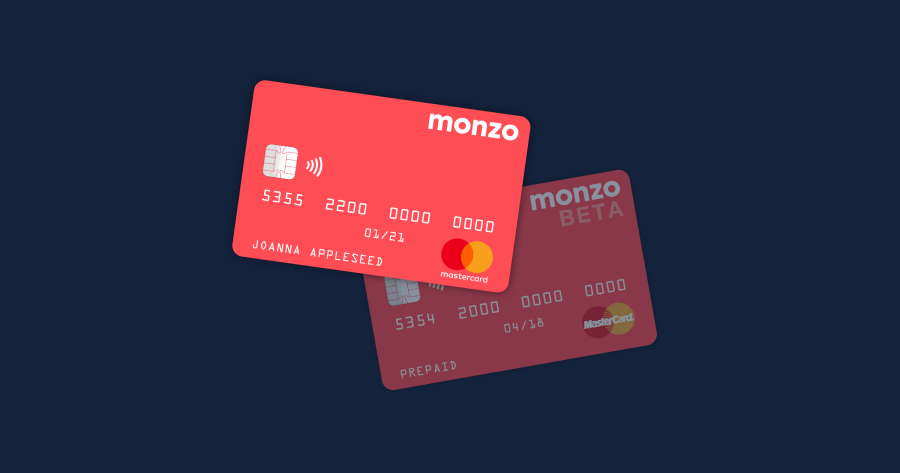In a recent report from Bloomberg’s Mark Gurman, it has been revealed that Apple is making significant strides in the development of artificial intelligence (AI) tools to compete with industry leaders like Open AI and Google. The tech giant has created an AI chatbot, internally referred to as “Apple GPT,” which showcases Apple’s commitment to advancing AI technology. While Apple has yet to determine the release strategy for this technology, it is reportedly planning to make a major AI-related announcement next year. This article will delve into Apple’s foray into AI, exploring its development of the chatbot, its framework codenamed “Ajax,” and its focus on addressing privacy concerns related to AI.
Apple’s engineers have been working on an AI chatbot, unofficially called “Apple GPT,” which is set to rival offerings from Open AI and Google. The chatbot, built using Apple’s own framework named “Ajax,” is a large language model that utilizes AI to generate human-like responses. While Apple has not yet announced its plans for releasing the chatbot to consumers, it has expanded access to more employees internally. Currently, special approval is required to access the chatbot, and any output generated cannot be used to develop features for customers. The chatbot is primarily being used by Apple employees for product prototyping, as it can summarize text and answer questions based on its training data.
Apple’s framework for creating large language models, codenamed “Ajax,” plays a crucial role in the development of the AI chatbot. Ajax was built using Google JAX, Google’s machine learning framework, and runs on Google Cloud. It was created by Apple last year with the aim of unifying machine learning development. Leveraging Ajax, Apple is now able to create large language models that serve as the foundation for its internal chatbot. By utilizing this framework, Apple is positioning itself to compete with the language models offered by industry leaders like Open AI’s ChatGPT and Google’s Bard.
Apple is known for its commitment to user privacy, and the company is taking steps to address potential privacy concerns related to AI. CEO Tim Cook has emphasized the importance of approaching AI development on a “thoughtful basis”. This focus on privacy aligns with Apple’s broader philosophy of putting user privacy and security first. As other tech giants rushed to release AI products to the public, Apple took a more cautious approach. However, with the growing consumer demand for AI tools, Apple is now seeking to catch up while maintaining its commitment to privacy.
While Apple has been relatively quiet on the AI front compared to companies like Google, Microsoft, and Meta, the tech giant has been incorporating AI features into its products for years. However, Apple is now recognizing the need to meet consumer demand for AI tools that can assist with tasks like drafting essays and generating images. By developing its own AI chatbot and framework, Apple aims to establish its presence in the AI landscape and compete with industry leaders.
In summary, Apple’s development of an AI chatbot, known internally as “Apple GPT,” represents the company’s commitment to advancing artificial intelligence technology. With the creation of its own framework, Ajax, Apple is now able to develop large language models that serve as the foundation for its chatbot. As the company focuses on addressing privacy concerns related to AI, it aims to make a significant AI-related announcement in the near future. While Apple has been relatively quiet on the AI front compared to its competitors, its foray into AI showcases its determination to meet consumer demand for AI tools. As Apple continues to innovate in the field of artificial intelligence, it will undoubtedly shape the future of AI technology.
First reported on TechCrunch
Frequently Asked Questions
Q. What is Apple GPT, and how does it compare to other AI chatbots?
Apple GPT is an AI chatbot developed by Apple to rival offerings from industry leaders like Open AI and Google. It is a large language model built using Apple’s framework called “Ajax.” While Apple has not yet announced its release plans for consumers, it is currently being used internally by employees for product prototyping and to summarize text and answer questions based on its training data.
Q. What is Ajax, and how does it contribute to Apple’s AI development?
Ajax is Apple’s framework for creating large language models. It was built using Google JAX and runs on Google Cloud. This framework enables Apple to develop large language models that serve as the foundation for its AI chatbot, Apple GPT. It unifies machine learning development at Apple and positions the company to compete with other language models in the market.
Q. How does Apple address privacy concerns related to AI?
Apple has a strong commitment to user privacy, and this philosophy extends to its approach to AI development. CEO Tim Cook has emphasized the importance of approaching AI on a “thoughtful basis.” While other tech giants rushed to release AI products to the public, Apple took a more cautious approach. However, as consumer demand for AI tools grows, Apple is now working on AI development while ensuring it maintains its commitment to user privacy and security.
Q. How does Apple’s AI development compare to other tech giants in the industry?
Apple has been relatively quiet on the AI front compared to companies like Google, Microsoft, and Meta. However, it has been incorporating AI features into its products for years. With the development of its own AI chatbot and framework, Apple aims to establish a stronger presence in the AI landscape and compete with industry leaders.
Q. What are Apple’s long-term goals in the field of AI technology?
As consumer demand for AI tools increases, Apple is recognizing the importance of meeting these demands while maintaining its focus on user privacy and security. By advancing its AI technology and developing its own AI chatbot and framework, Apple aims to shape the future of AI and become a prominent player in the industry.
Q. Will Apple’s AI development impact its product offerings in the future?
While Apple has not yet announced its specific plans for releasing the AI chatbot to consumers, its development of AI technology, including Apple GPT, could lead to the integration of more AI features in its products. As AI becomes more pervasive in various industries, Apple’s advancements in AI development may influence its future product offerings and enhance user experiences.
Q. What is the significance of Apple’s AI chatbot, Apple GPT, in the AI landscape?
Apple GPT represents a significant step for Apple in the AI landscape, as it allows the company to compete with other tech giants that have already made strides in AI development. With the potential to generate human-like responses and assist with various tasks, the chatbot has the capacity to enhance user experiences and expand Apple’s offerings in the AI domain.
Q. How does Apple’s AI development align with its broader business strategy?
Apple’s AI development aligns with its broader business strategy of innovation and staying competitive in the tech industry. As AI technologies become more integral to consumer demands and technological advancements, Apple’s foray into AI allows the company to diversify its product offerings and remain at the forefront of cutting-edge technology.
Q. What role does Apple’s focus on privacy play in its AI development?
Apple’s focus on privacy is a core principle that guides its approach to AI development. By prioritizing user privacy and security, Apple seeks to differentiate itself from other tech companies and build trust with its customer base. This commitment to privacy is reflected in its cautious approach to AI development and its dedication to addressing privacy concerns related to AI technologies.
Q. What are some potential applications of Apple’s AI chatbot, Apple GPT, in its products?
The applications of Apple GPT could be diverse and far-reaching. The chatbot could be integrated into various Apple products, such as Siri, to provide more sophisticated and human-like responses to user queries. It could also enhance the functionality of Apple’s virtual assistant and offer more personalized and engaging interactions with users.
Featured Image Credit: Unsplash










